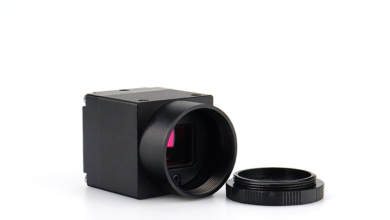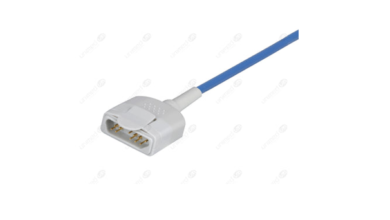General Principles & Energy Production in Medical Physiology

Introduction
In unicellular organisms, all vital processes occur in a single cell. As the evolution of multicellular organisms has progressed, various cell groups organized into tissues and organs have taken over particular functions. In humans and other vertebrate animals, the specialized cell groups include a gastrointestinal system to digest and absorb food; a respiratory system to take up O2 and eliminate CO2; a urinary system to remove wastes; a cardiovascular system to distribute nutrients, O2, and the products of metabolism; a reproductive system to perpetuate the species; and nervous and endocrine systems to coordinate and integrate the functions of the other systems.
General principles the body as an organized “solution”
he cells that make up the bodies of all but the simplest multicellular animals, both aquatic and terrestrial, exist in an “internal sea” of extracellular fluid (ECF) enclosed within the integument of the animal. From this fluid, the cells take up O2 and nutrients; into it, they discharge metabolic waste products. The ECF is more dilute than present-day seawater, but its composition closely resembles that of the primordial oceans in which, presumably, all life originated
The intracellular component of the body water accounts for about 40% of body weight and the extracellular component for about 20%. Approximately 25% of the extracellular component is in the vascular system (plasma = 5% of body weight) and 75% outside the blood vessels (interstitial fluid = 15% of body weight). The total blood volume is about 8% of body weight. Flow between these compartments is tightly regulated.
Units for measuring concentration of solutes
In considering the effects of various physiologically important substances and the interactions between them, the number of molecules, electric charges, or particles of a substance per unit volume of a particular body fluid are often more meaningful than simply the weight of the substance per unit volume. For this reason, physiological concentrations are frequently expressed in moles, equivalents, or osmoses
Moles
A mole is the gram-molecular weight of a substance, ie, the molecular weight of the substance in grams. Each mole (mole) consists of 6 × 1023 molecules. The mill mole (mmol) is 1/1000 of a mole, and the micromole (μmol) is 1/1,000,000 of a mole. Thus, 1 mol of NaCl = 23 g + 35.5 g = 58.5 g, and 1 mole = 58.5 mg. The mole is the standard unit for expressing the amount of substances in the SI unit system.
Water, electrolytes, & acid/base
The water molecule (H2O) is an ideal solvent for physiological reactions. H2O has a dipole moment where oxygen slightly pulls away electrons from the hydrogen atoms and creates a charge separation that makes the molecule polar. This allows water to dissolve a variety of charged atoms and molecules. It also allows the H2O molecule to interact with other H2O molecules via hydrogen bonding.
The resultant hydrogen bond network in water allows for several key properties in physiology: (1) water has a high surface tension, (2) water has a high heat of vaporization and heat capacity, and (3) water has a high dielectric constant. In layman’s terms, H2O is an excellent biological fluid that serves as a solute; it provides optimal heat transfer and conduction of current.
Summary
Cells contain approximately one third of the body fluids, while the remaining extracellular fluid is found between cells (interstitial fluid) or in the circulating blood plasma. The number of molecules, electrical charges, and particles of substances in solution are important in physiology.
AI is one of the biggest tech news. We are still only in the early days of the development of AI. As the technology becomes more sophisticated, it will be applied to further develop tech-based tools, such as training machines to recognize patterns, and then act upon what it has detected. It can develop your best business times idea and you can succeed in your life goal.





